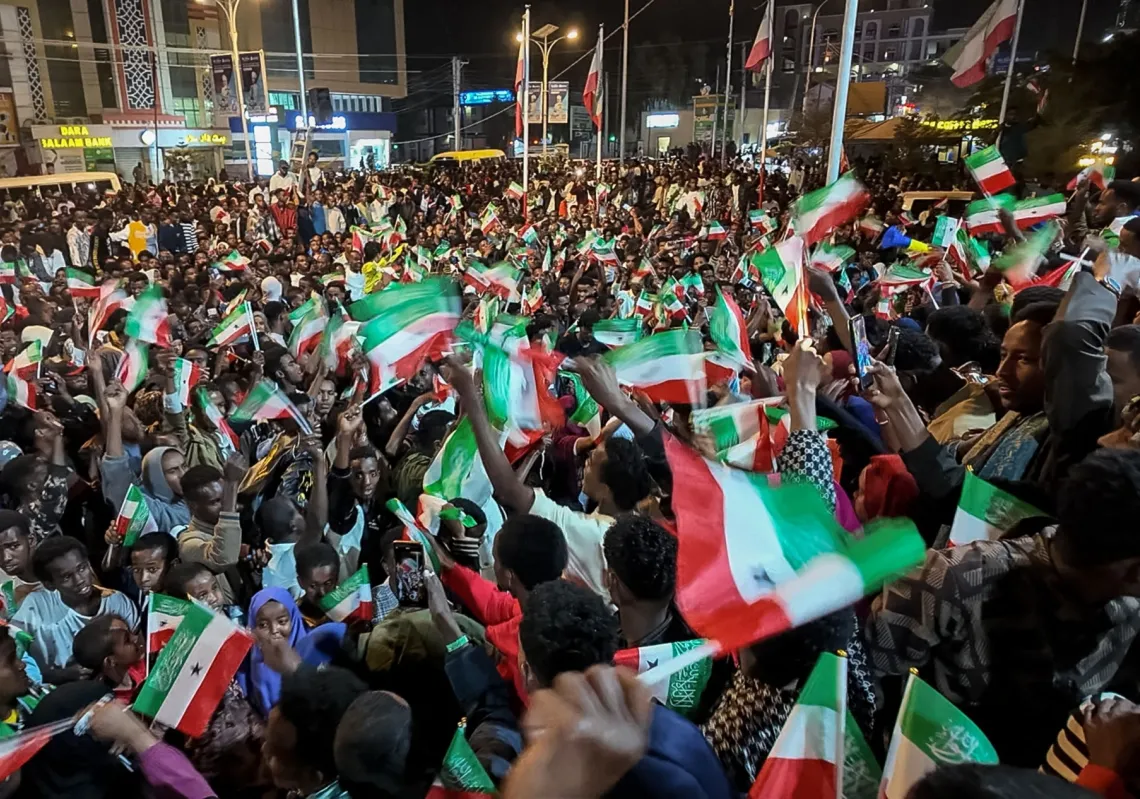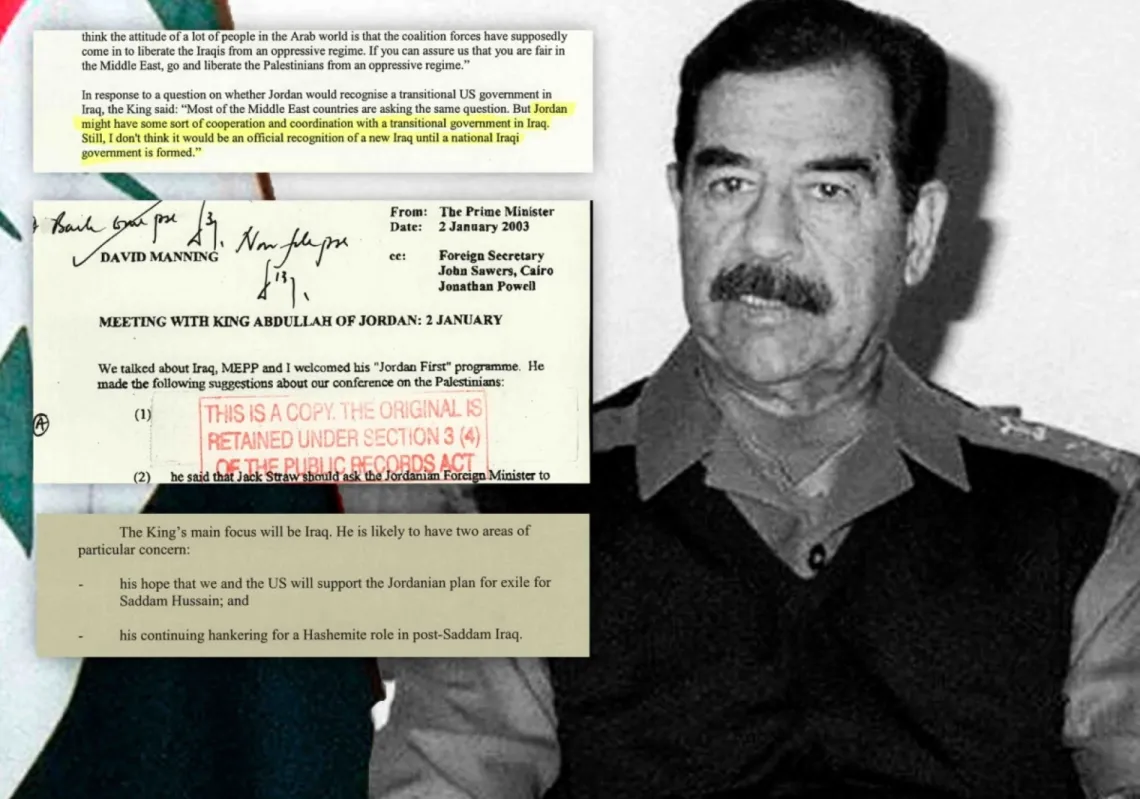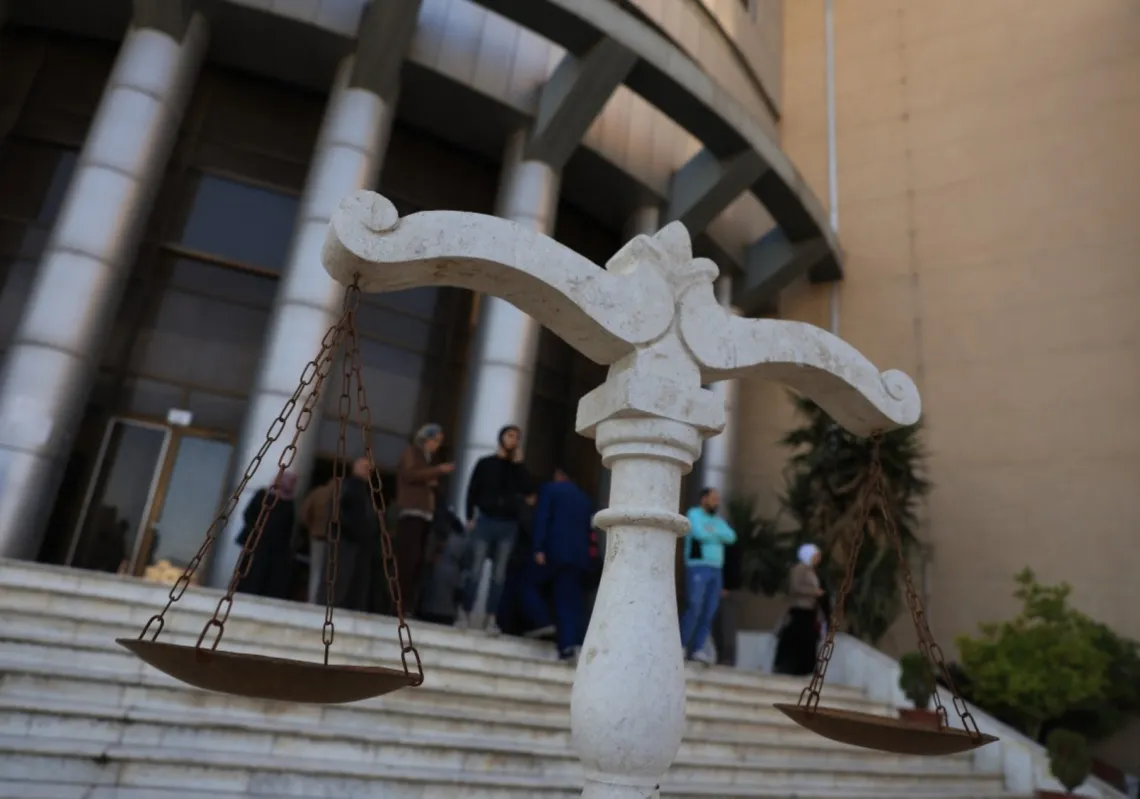The leadership of both Hamas and Islamic Jihad are currently pouring over a document presented to them by Egypt with proposals to end the war in Gaza.
It contains proposals for a unique route out of the war, combining regional and international diplomacy and covers strategies for post-conflict reconstruction. The two Palestinian groups are expected to provide written feedback to Cairo on the proposals.
Here, Al Majalla reveals the contents of the document and some of the people involved in compiling it and then looks at the main questions raised at a crucial time for regional and international politics at a time of war.
Techno-government
Firstly, it proposes the establishment of a neutral, technocratically led government responsible for administering both the Gaza Strip and the West Bank. This would require Hamas to relinquish its governance over Gaza on the condition of a permanent ceasefire.
Secondly, it outlines a tripartite sponsorship model for the agreement involving the United States, Egypt, and Qatar.
The genesis of this document can be traced back to Cairo, following deliberations among several key figures. These include Major General Abbas Kamel, the Director of Egyptian Intelligence; William Burns, the Director of the US Central Intelligence Agency; and representatives from both Qatar and Israel.

The proposed peace agreement is structured in multiple phases.
Here is a detailed breakdown of its contents:
Phase 1
1. A humanitarian deal lasting 7 to 10 days.
2. Hamas is to release all civilians in its custody, including women, children, the sick, and the elderly.
3. In exchange, Israel will release a mutually agreed number of Palestinian prisoners.
Key actions in this stage include:
1. A complete ceasefire in all areas of the Gaza Strip on both sides.
2. The redeployment of Israeli forces away from residential areas.
3. Free movement for citizens and vehicles within the Gaza Strip.
4. Hamas commits to stopping all forms of operations against Israel.
5. Israel to halt all air activities, including drones and reconnaissance aircraft in the Gaza Strip.
6. Increased humanitarian and relief aid entry into the Gaza Strip, focusing on essential items like medicines, medical supplies, fuel, and food.
Phase 2
1. Hamas will release all detained Israeli female soldiers.
2. In return, a number of Palestinian prisoners, agreed upon by both sides, will be released by Israel.
3. This phase also includes the exchange of bodies held by both sides since the start of operations on October 7.
4. The duration of this phase is set for seven days, following the standards and procedures established in the first stage.
Phase 3
1. This stage involves a month-long negotiation concerning Hamas's release of all Israeli recruits. In return, Israel will release a number of Palestinian prisoners as mutually agreed upon by both parties.
2. During this phase, Israeli forces will be redeployed outside the borders of the Gaza Strip. Additionally, all Israeli air activities will remain ceased.
3. Hamas is to commit to stopping all its military activities against Israel.

Additional provisions for the current stage:
1. A 48-hour ceasefire will be imposed between the two sides. This period is intended to prepare for the implementation of the proposal and to agree on the names of those to be released in the first and second phases by both Israel and Hamas. The negotiations will be indirect, taking place in Egypt with the participation of delegations from Israel and Hamas and involving Egyptian, Qatari, and American representatives.
2. The transition from one phase to the next will not occur until all the procedures of the preceding phase have been fully implemented.
3. Once Israel and Hamas agree on the proposal and exchange the lists of names, the implementation of the agreement will commence immediately upon the announcement of this agreement.
4. Both parties commit to adhering to the time limit for consensus in the third phase. Once an agreement is reached, it will be announced concurrently with a complete ceasefire in the Gaza Strip.
5. Egypt, Qatar, and the US will coordinate the formation of a non-factional, non-political, technocratic government to administer the Gaza Strip and the West Bank once a complete ceasefire is announced.
6. Egypt, Qatar, and the US will act as guarantors and oversee the entire process.














